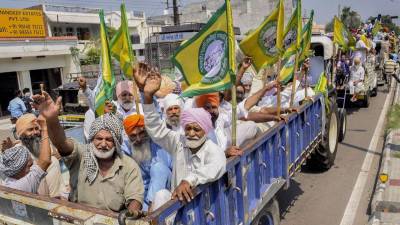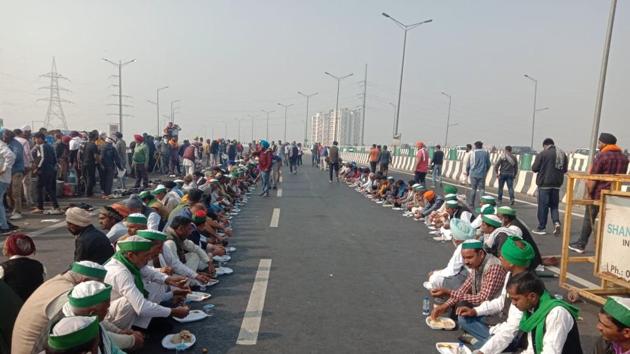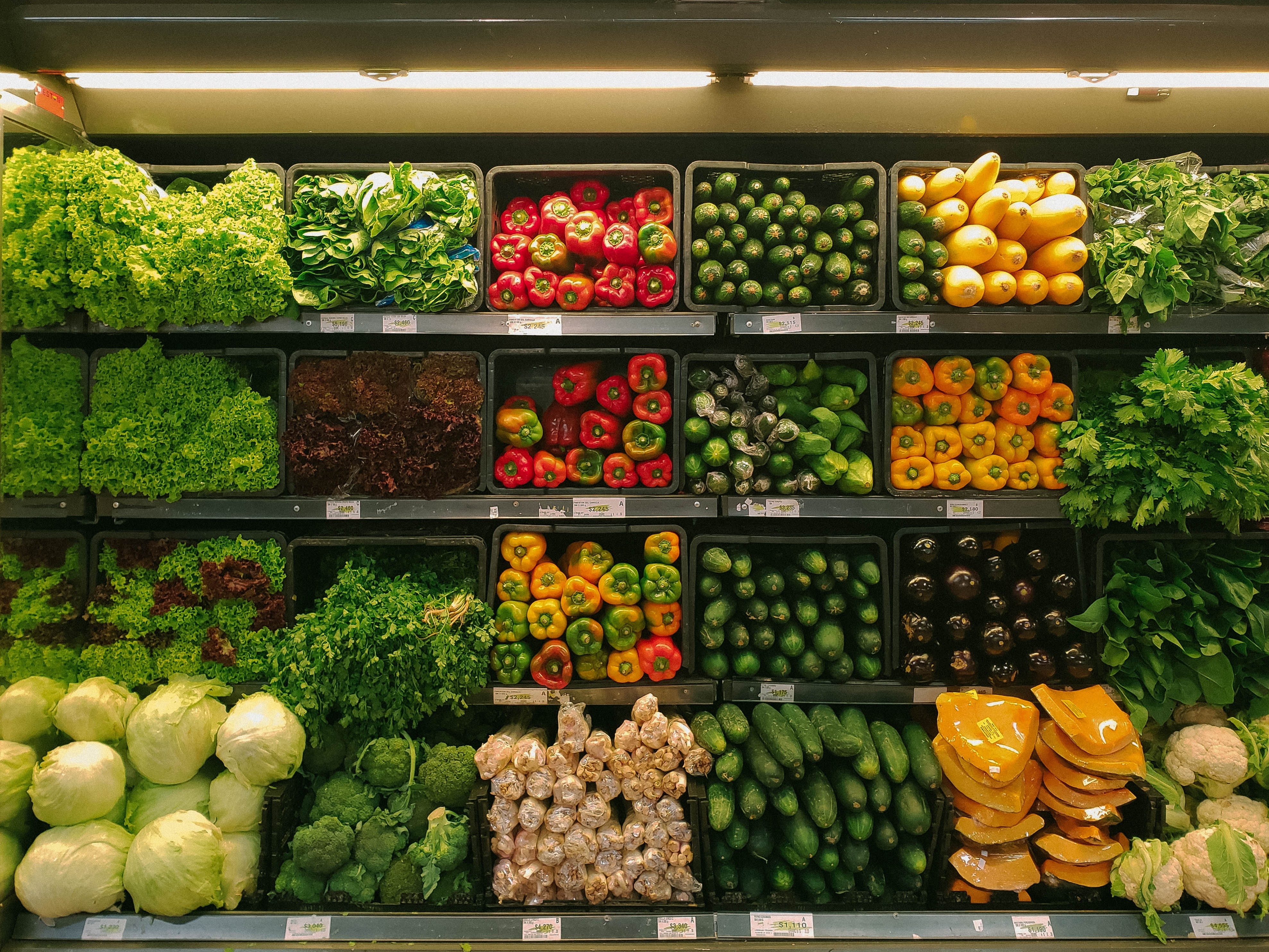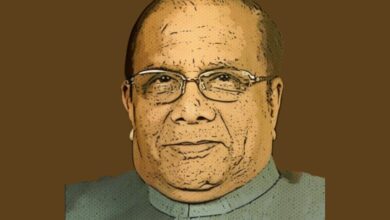Is the farmers’ protest slowly ebbing, or is it signaling a ‘silence before a storm”?

Until January end, India had been in the midst of massive protests on the part of the farmers as they were disputing against the three agri farm bills introduced by the government.
India saw the crescendo of these protests in the 26 th January farmers rally, which unfortunately was captured by unruly elements that derailed the farmers’ mass demonstration, which had not seen any violence until then.
However, the ‘Red Fort‘ event not only earned the protesting farmers a bad name it also had a cascading effect as those who were in support of the farmers and then a few others who were later caught by the Delhi police on charges of sedition had to beat a quick retreat as the Central Government took some tough steps including stricter rules for social media.

In the present, while the farmers are still positioned and stationed at the threshold of Delhi, the energy and determination on the part of the farmers remain intact, even if the coverage of the protesting farmers has taken a back seat as newer news headlines have taken the frontstage as per content in media channels.
It has been four months and a few days now, and the agitating farmers have undergone major hardships, be it the bitter cold of Delhi, the government’s unrelenting attitude, and even near brutality at the hands of the Delhi police and paramilitary forces.
If one thought that the protest was near over, given the Red Fort incident and the government’s unprecedented steps in the aftermath of the violence, the movement has now become synonymous with mass struggle. It has been revived and with even more zeal than before.

As the winter is giving way to summer months, the farmers in preparation have erected high and airy pandals, complete with coolers and fans, which clearly shows that the farmers may have lowered their voice in protest for a couple of days but that they are now preparing to give it another go.
The camping farmers are of the opinion that the government may have put the laws on hold for now, but the issue for the farmers is not over, and their determination has not lost its ground yet!
While the waiting game is in order, the younger farmers seem to be getting a bit restless since nothing new has happened in the last couple of days, but the elderly farmers are pulling in their reigns as they advise the youngsters to be patient.
Adha Singh, an elderly farmer of 75 years, said that the zeal is high in the youngsters, and in such a situation, it is up to the elders to cool them down, “now we are sending the youngsters back to the fields, they will also be asked to conduct on stage so that their enthusiasm does not deviate in any other direction.”

The Peasant movement turning into a political movement?
The movement had started as a peasant movement and a non – political one at that but took a political hue as more and more political parties gave their support to the farmers’ protest. Today the situation stands modified; now, many political parties have not only joined the movement but have also started appearing on the platforms with farmers, so has the peasant non-political movement become political?
The farmers had initially wanted to distance themselves from all political parties, doubting their agenda, but today the mood seems to have changed as a majority of farmers are now asking themselves that if political parties join in their protest and if political pressure can be built on the government then what is the harm in that?
In the same breath, most confide that the government has anyways been trying to build political pressure to crush the farmers’ protest. This shift in mood signals that the non-political farmers’ protest is set to take the form of a political movement and a mass struggle against what they think are repressive policies of the government.
The farmers’ major grouse is that the new controversial agri laws allow farmers to sell their products directly to corporate players in private markets instead of state-government-controlled wholesale markets called mandis is not in the favour of farmers.
The mandis, as we all know by now, provided insurance to the farmers through enforced negotiated price for their crops ( MSP) minimum support price that cushioned against price fluctuations.
The Modi government, in one stroke, has removed farming from the domain of the local state government and steered it into its own hands.

E-Commerce says ‘Welcome’ to farm reforms
The e-commerce industry and its players like Big Basket (now majority-owned by Tata Group), Grofers, etc., are particularly thrilled as these farm bills are set to hugely benefit them as it would be easier to control prices regarding procurement through delivery.
Gateway to Agritech
In June 2020, Reliance launched the JioKrishi app in collaboration with Facebook to help farmers undertake precision farming aided by farmland data. The company then said that the app would help farmers make decisions about the right time to sow, irrigate, and fertilize the crops.
Reliance Industries thus started its foray into the growing agritech business through a combination of online technology, collaborations in farm equipment innovations as part of its move to expand its “farm to fork” model.
The Indian farmers have indicated that the preparedness on the part of Reliance before the three agri reform bills were announced is shady. Even though Reliance has denied any association with the farm bills while also insisting that it has never forayed into contract farming and has no plans to do so in the future either, it has not been bought by the protesting farmers.

Another reason for the farmers to not trust the government is because, despite all assurances and marketing initiatives that show that the Indian economy has ‘flourished’ under Modi, it is not true.
The reason for the same is this if we were to compare the best in numbers – 2010, GDP growth in real terms stood at 13.3% today; it stands at 4.5% ( no, the pandemic is not the only reason). Many economists have pointed out that the figure of 4.5% is exaggerated; in reality, the number stands much lower at 2.5%. It has been boosted by the government, which is misleading the country.
Others have also pointed out that India has registered a quarterly sequential decline in growth since January 2018, and while the PM has marketed himself as a successful businessman and a superman when it comes to creating jobs, it is far from the truth.

And this is where the protesting farmers come in because, for them, they are aware of the ground reality and hence not at all taken in by the marketing tactics of the PM, for them the question is straightforward – if through the years since the time Modi has taken the helm, the economy of the country has been systematically clocking in lower GDP growth despite all the best marketing efforts, hence can they trust the government under Modi who is bent to give a makeover to this very complex agricultural sector that has roughly 700 million farmers whose livelihood and future is at stake.
Hence, in conclusion, one can only say that the distrust and apprehension on the part of the farmers are defensible since for these farmers, everything they own, hope to own, and their very future is a wager in the current circumstance.




